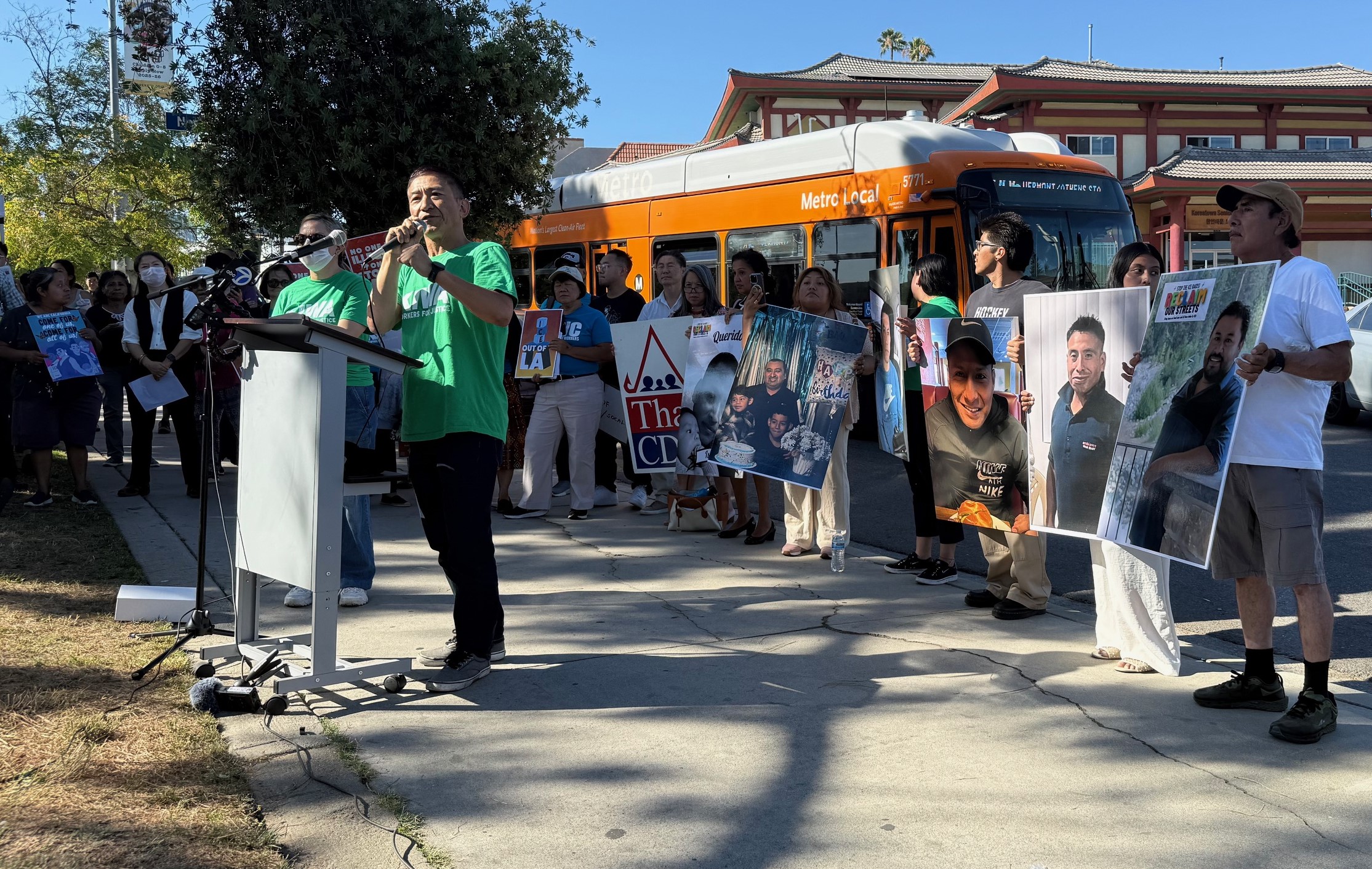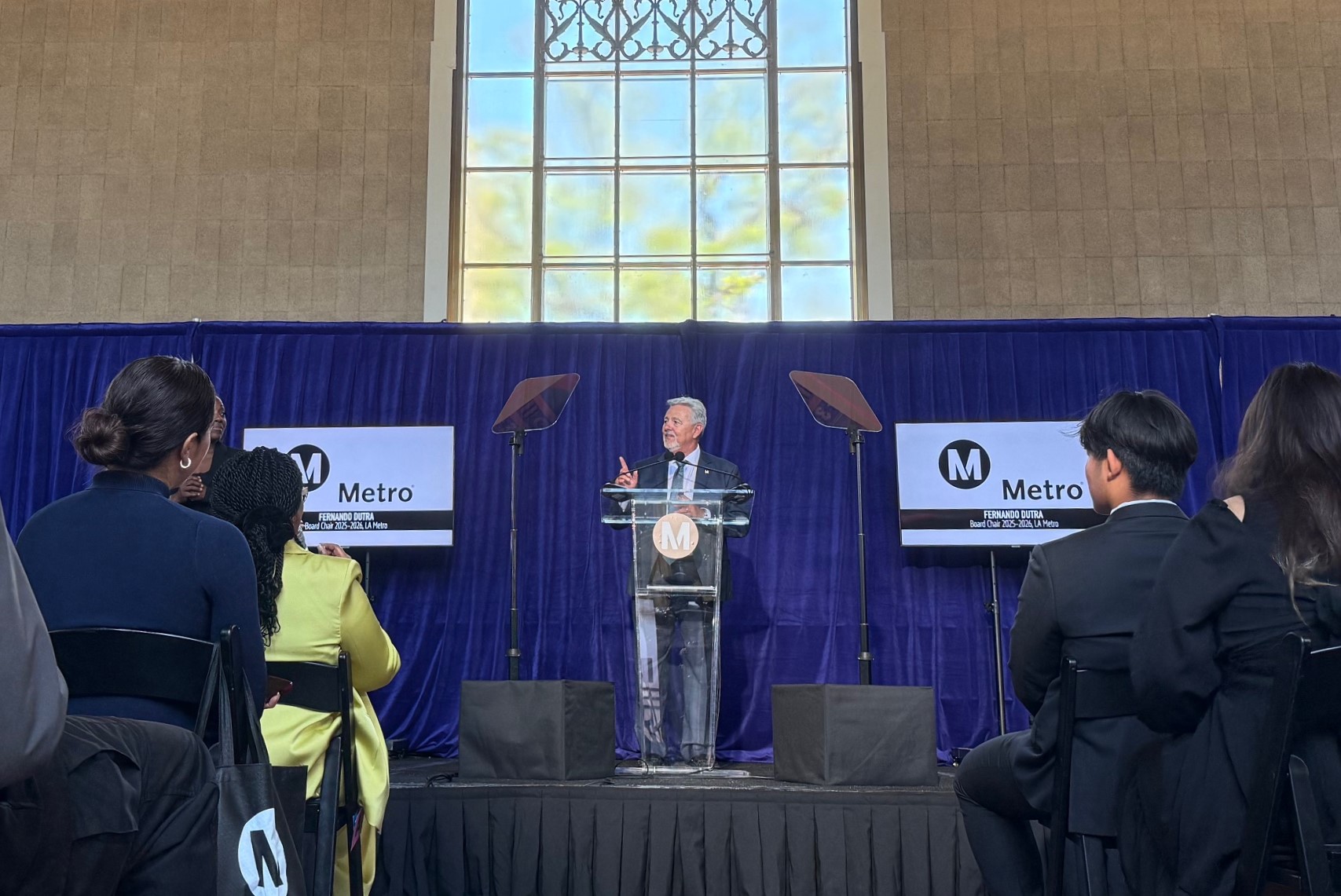In a story about the housing downturn, BusinessWeek had some numbers crunched to see where home prices have remained most stable and where they have declined most precipitously:
The results are fascinating. Annual price changes in most of the largest metro areas, including New York, Los Angeles, Chicago, Miami, San Francisco, Seattle, Baltimore, Washington D.C., and Philadelphia, followed a similar pattern: Values were most stable within a 10-mile radius of the center of the city, but generally worsened with each successive radius ring as far as 50 miles from the center of the city.
"There's a pretty clear pattern of neighborhoods close to the urban core holding their values better than neighborhoods in suburban and exurban communities," said Stan Humphries, Zillow's vice-president of data and analytics. "Where there is a lot of supply and demand changes, there's a quicker effect on housing prices."
It may seem obvious by now that rising gas prices are affecting decisions about where to live, but don't tell that to the editors at Money. As Greater Greater Washington blogger David Alpert points out, the magazine's latest list of America's best places to live skews heavily toward the sprawling, suburban side. Of course, Money's readers can probably absorb a spike in transportation costs without too much hardship, which may explain why they don't factor it into their rankings.
A completely different picture emerges from Money's own online series about how people are adapting to more expensive gas. The short profiles read like a public service campaign for living arrangements where cars are not required to make even the most basic trips. Here's what Carrie Zukoski, 41, a PR director living in St. Louis, has to say:
I ride my bike as much as I can. Rising gas prices hurt much less at the pump for me. Last fill up was 22 days in between. This year I'll try to bike even more.
In 2007 I commuted by bike about 1,400 miles. Compared to many people, it's not that much, but for a fair-weather commuter who lives less than five miles from work, it's not too bad.






